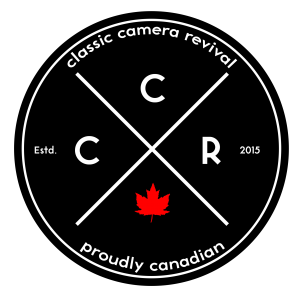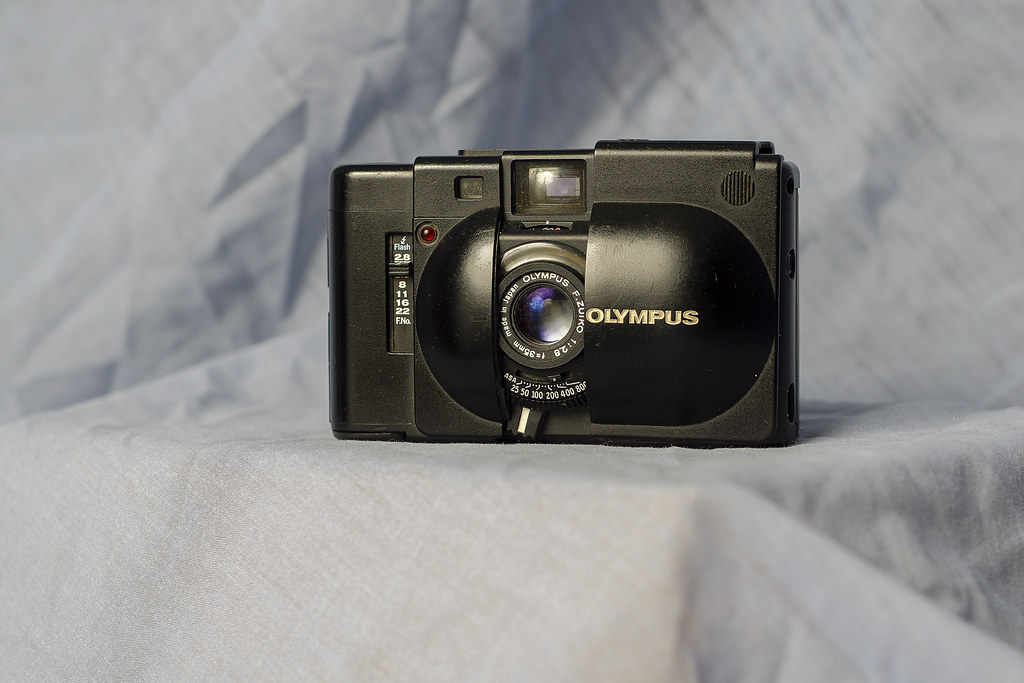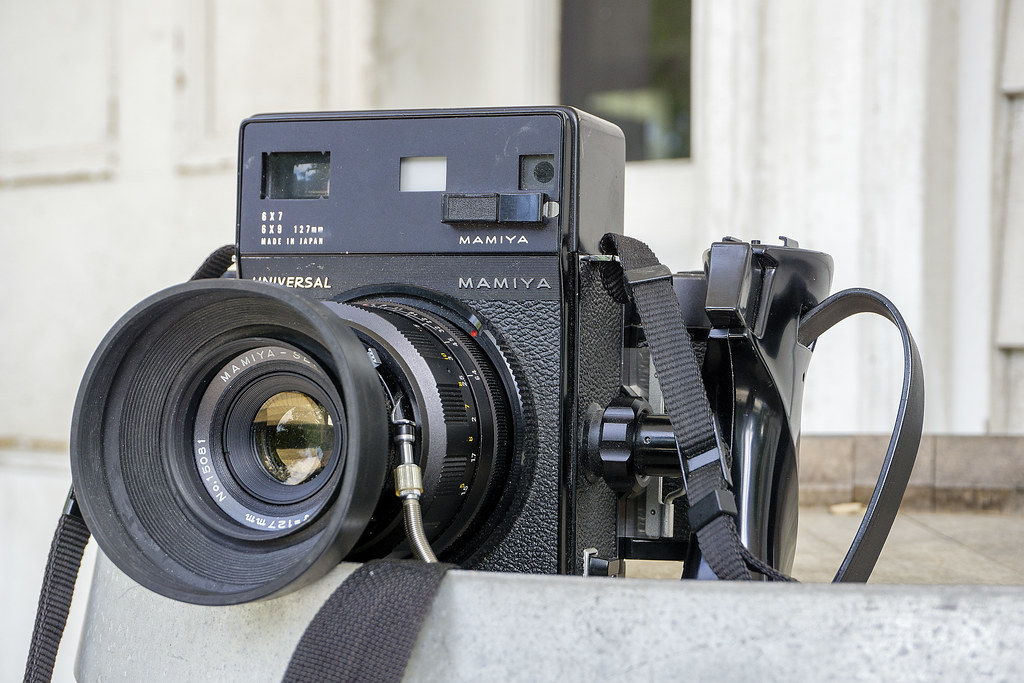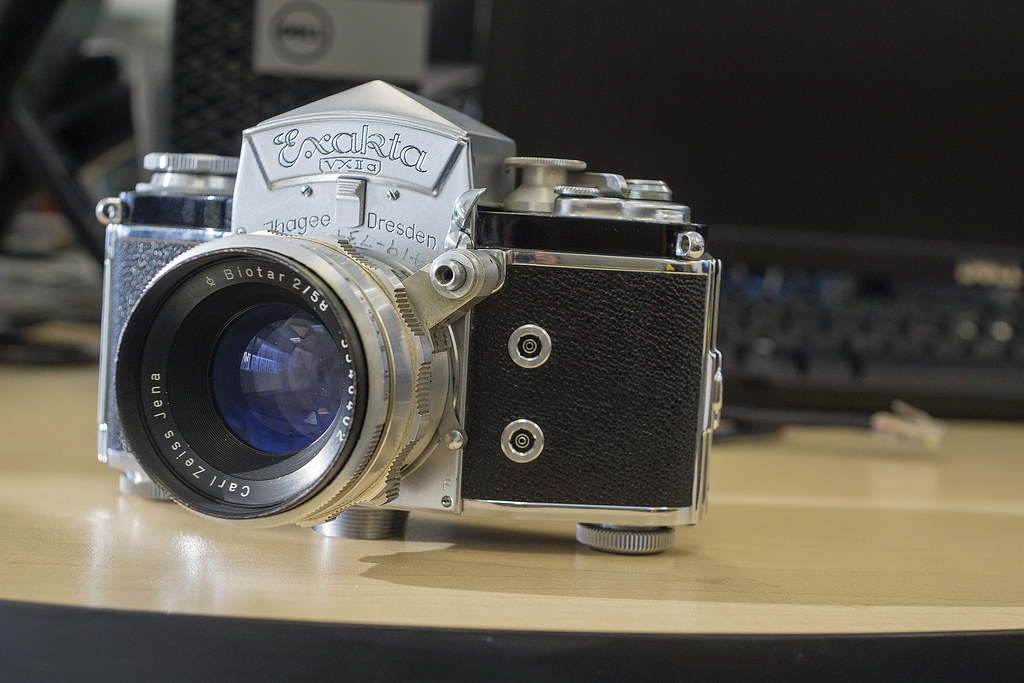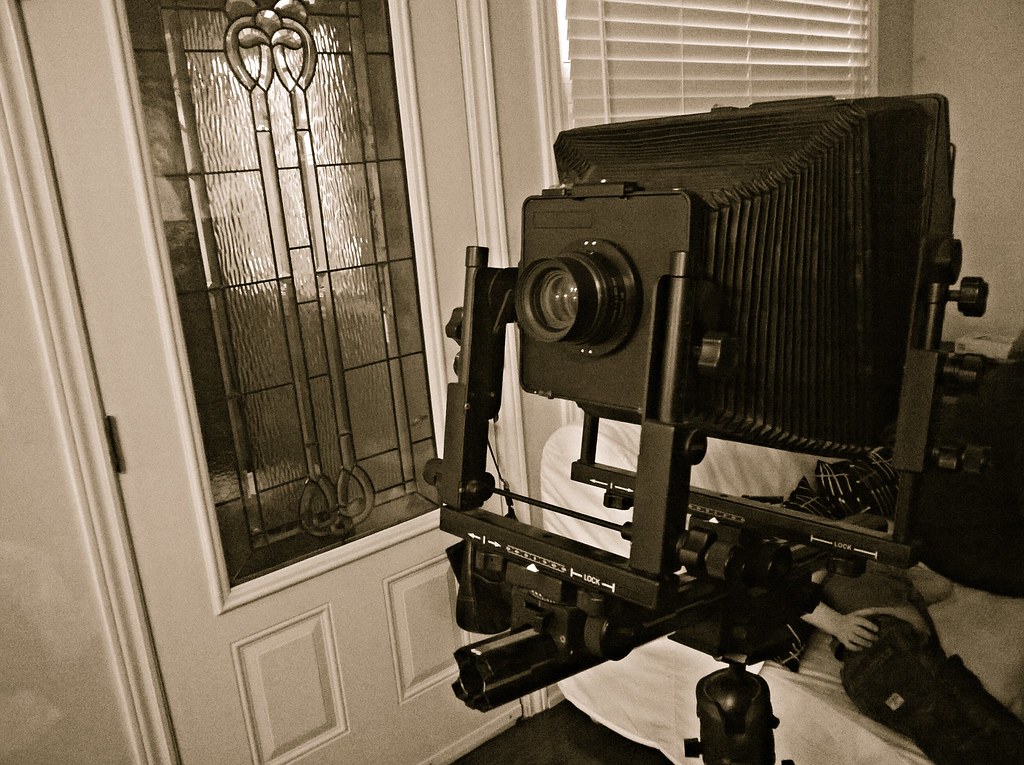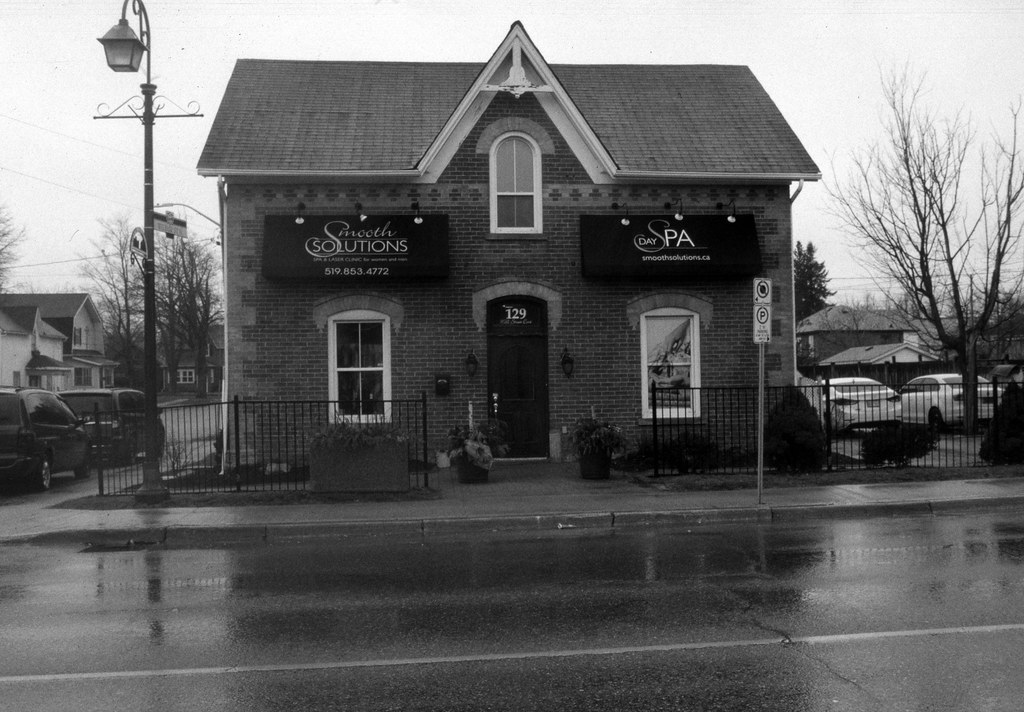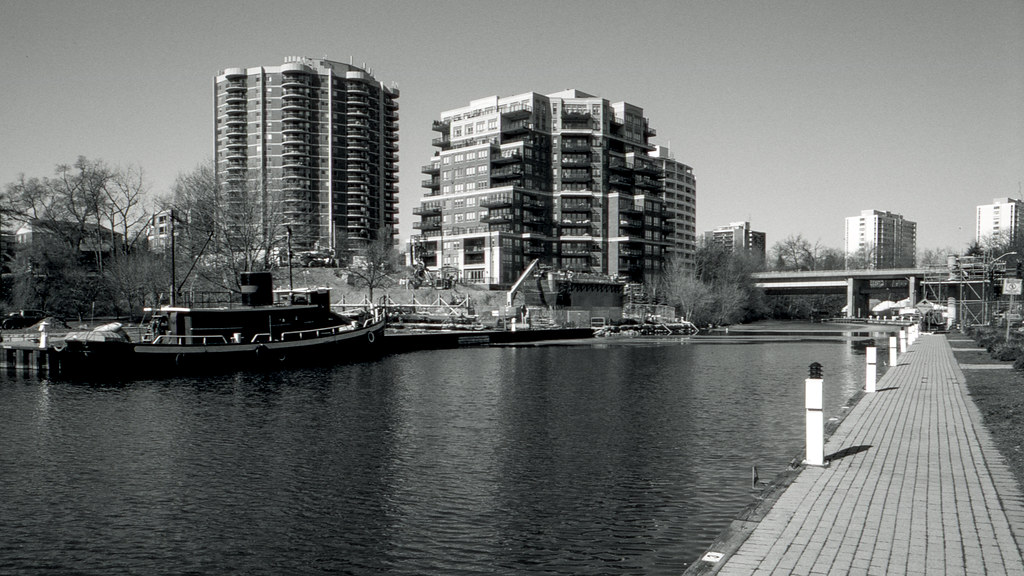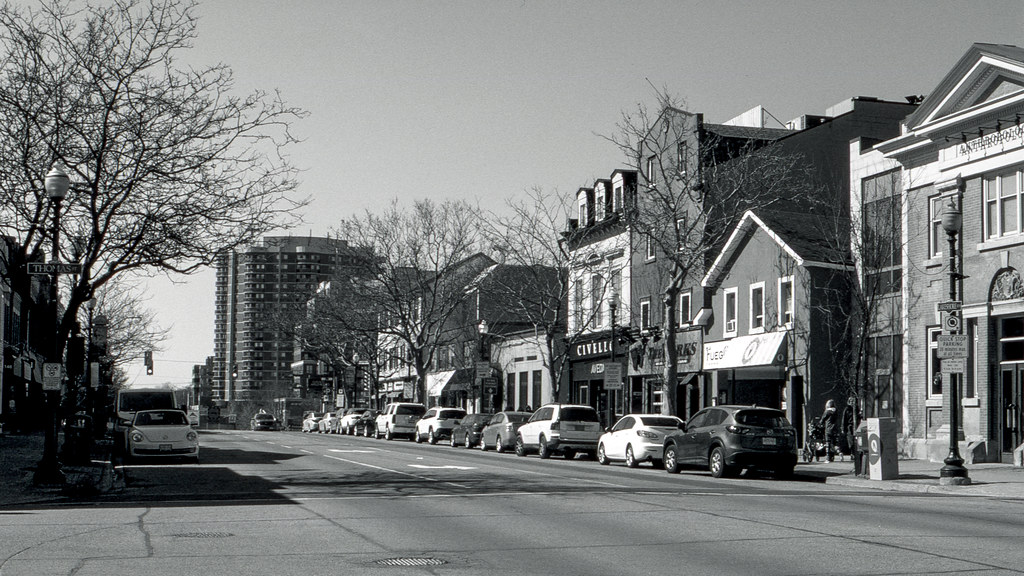We are not fanboys of any camera system and half the fun of running a podcast about classic cameras is being able to both praise the cameras we like and point out the more difficult aspects of others. Now don’t get us wrong, all these cameras are actually decent machines on their image quality but sometimes you just have to ask, what were the designers thinking when they started to make these cameras.
Cameras Featured on Today’s Show
Olympus XA – The smallest ‘full frame’ rangefinder out there, with solid optics, and a cult following. But you have to contend with a hair trigger, that would just as soon shoot every other frame without you wanting it to do so.
- Make: Olympus
- Model: XA
- Type: Rangefinder
- Format: 135 (35mm), 36x24mm
- Lens: Fixed, Olympus F.Zuiko 1:2.8 f=35mm
- Year of Manufacture: 1979
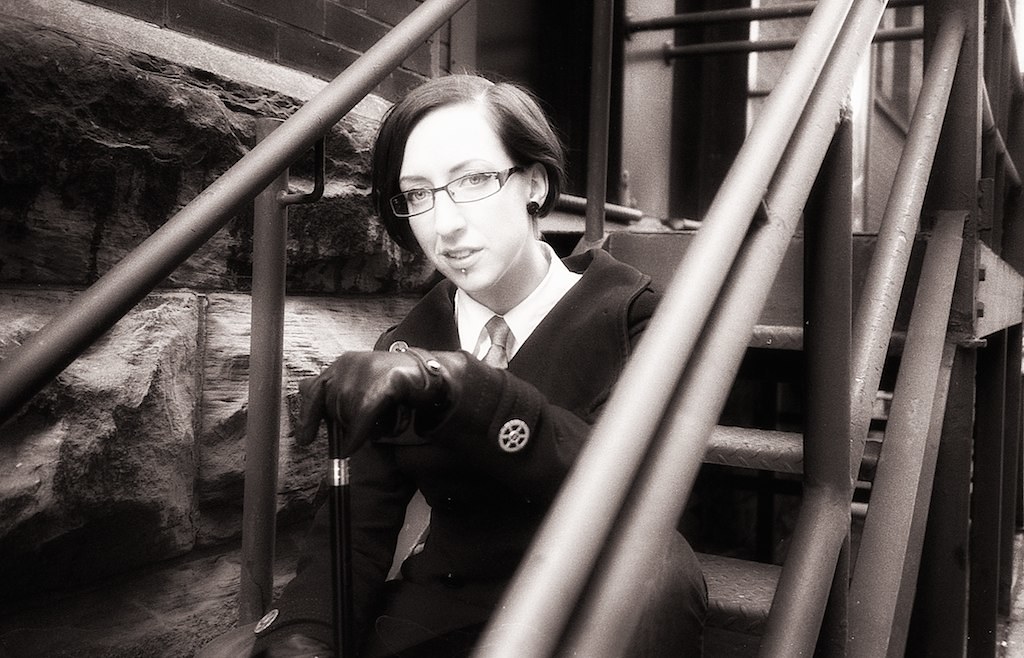
Olympus XA – Olympus F.Zuiko 1:2.8 f=35mm – Ilford Delta 400
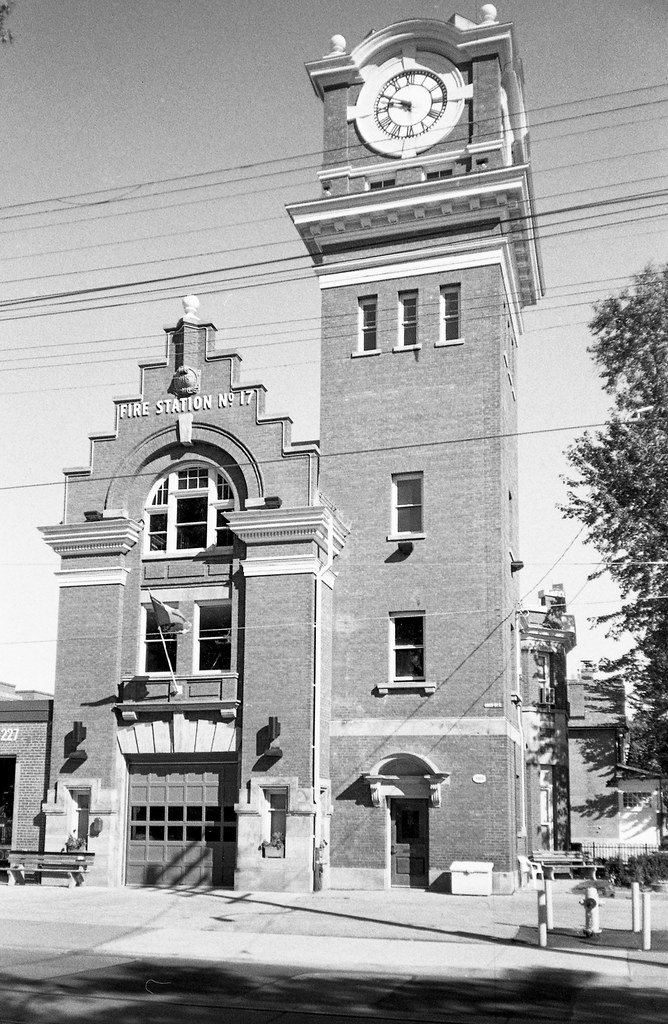
Olympus XA – Olympus F.Zuiko 1:2.8 f=35mm – Kodak Plus-X – Kodak Xtol (1+1) 7:15 @ 20C
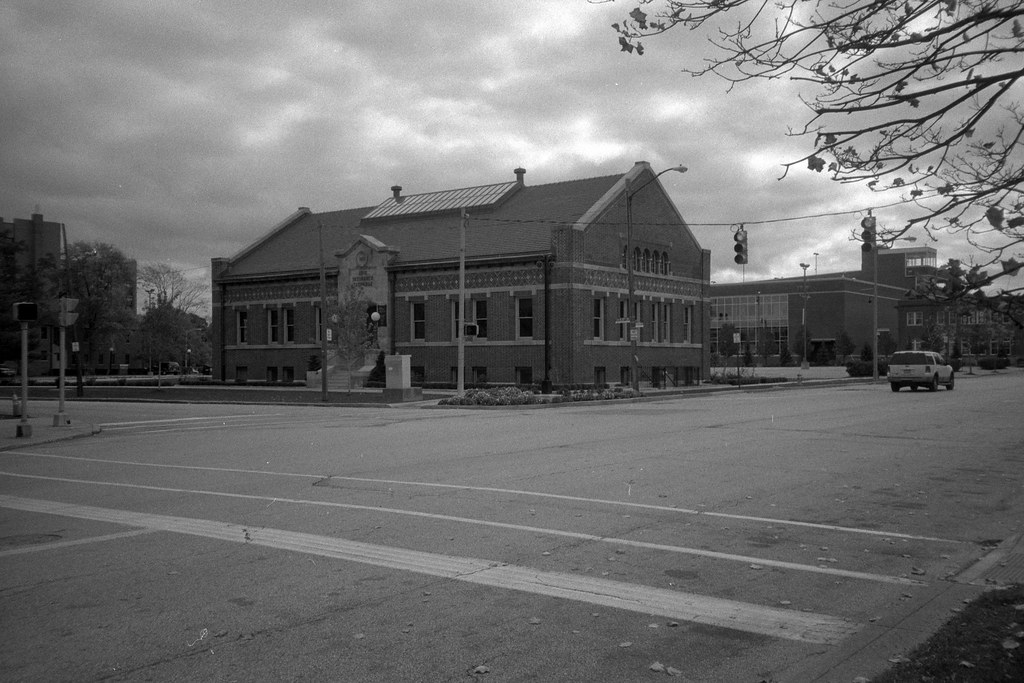
Olympus XA – Olympus F.Zuiko 1:2.8 f=35mm – Ultrafine Extreme 400 – Kodak Xtol (1+1) 9:30 @ 20C
Mamiya Universal – An attempt to draw away press photographers from their large format rigs. This highly customizable roll film rangefinder takes all the humbling parts of a large format camera and slaps it onto a medium format camera without taking advantage of most things that would make a medium format rangefinder great.
- Make: Mamiya
- Model: Universal
- Type: Rangefinder
- Format: Medium (120/220), 6×7, 6×9 or Polaroid (Type 100)
- Lens: Interchangeable, Mamiya Press Mount
- Year of Manufacture: 1969
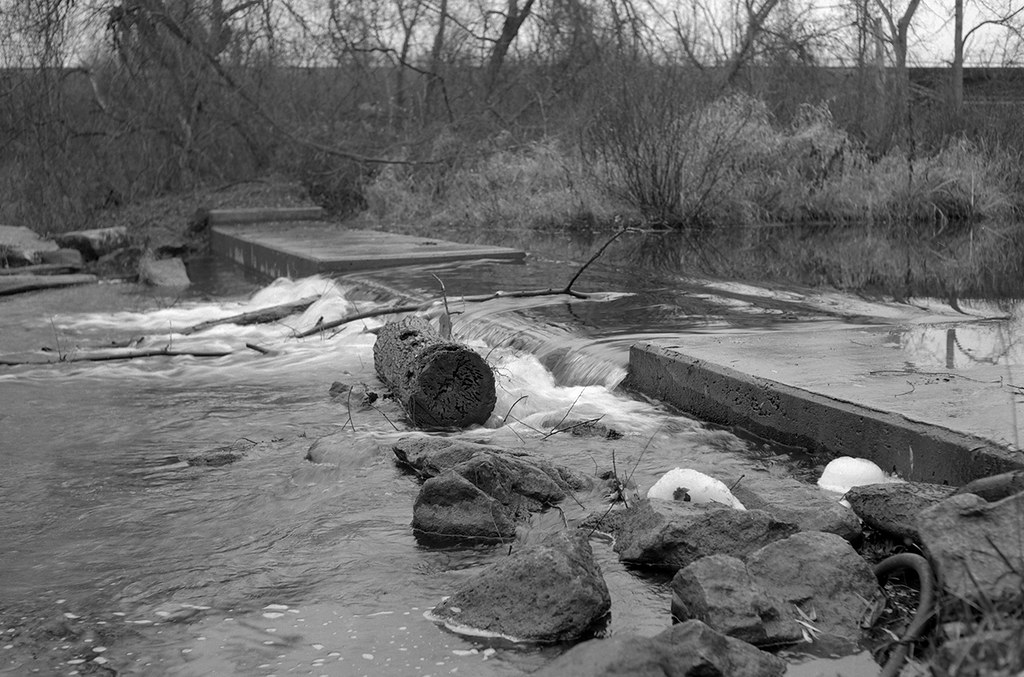
Mamyia Universal – Mamyia-Sekor 90mm 1:3.5 – Rollei RPX 100 @ ASA-100 – Kodak Xtol (Stock) 8:00 @ 20C
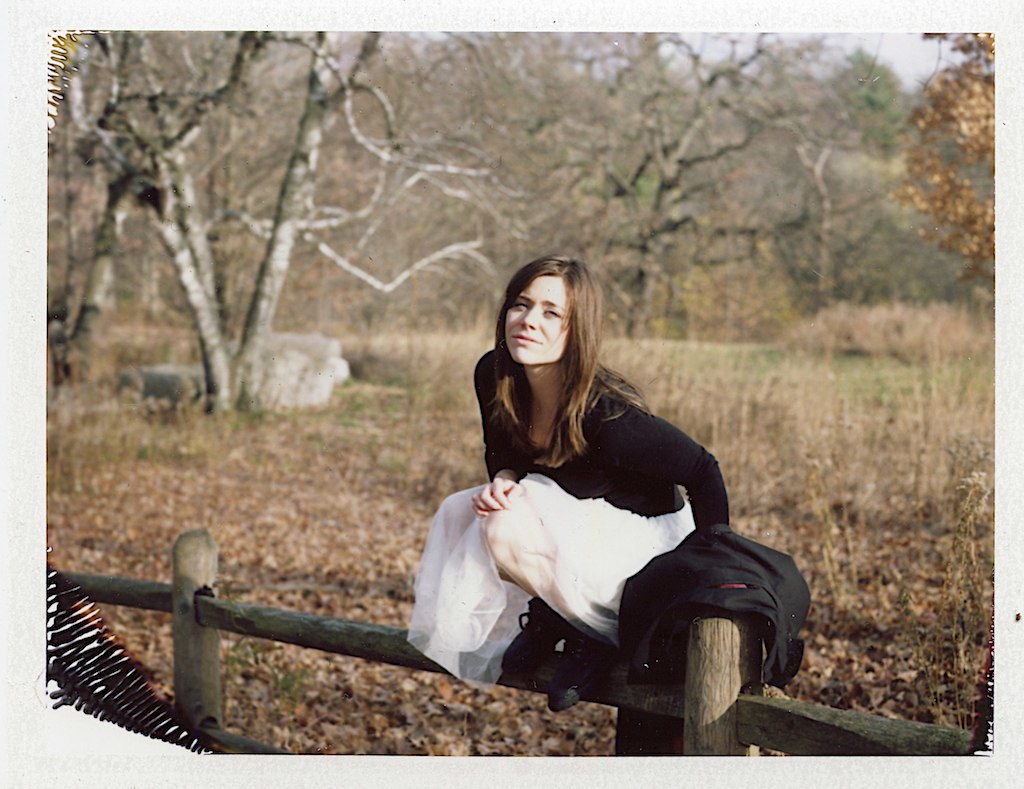
Mamiya Universal – Mamiya-Sekor 1:4.5 f=127mm – Fuji FP-100c
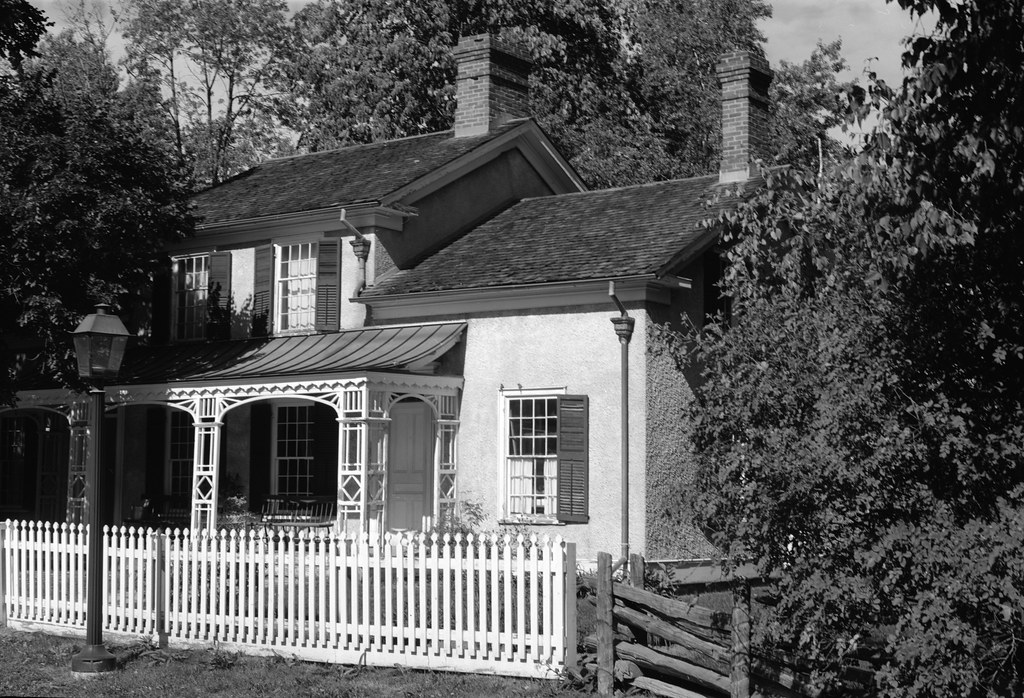
Mamiya Universal – Mamiya-Sekor 1:4.5 f=127mm – Fuji Acros 100 @ ASA-100 – FA-1027 (1+14) 9:30 @ 20C
Barnack Leicas – An iconic camera in any circle, the Leica III has remained true to the early design of Oskar Barnack as a compact camera designed at the time to accept motion picture film (35mm). While of high optical quality, these things can be a bit of pain, especially when it comes to loading your film.
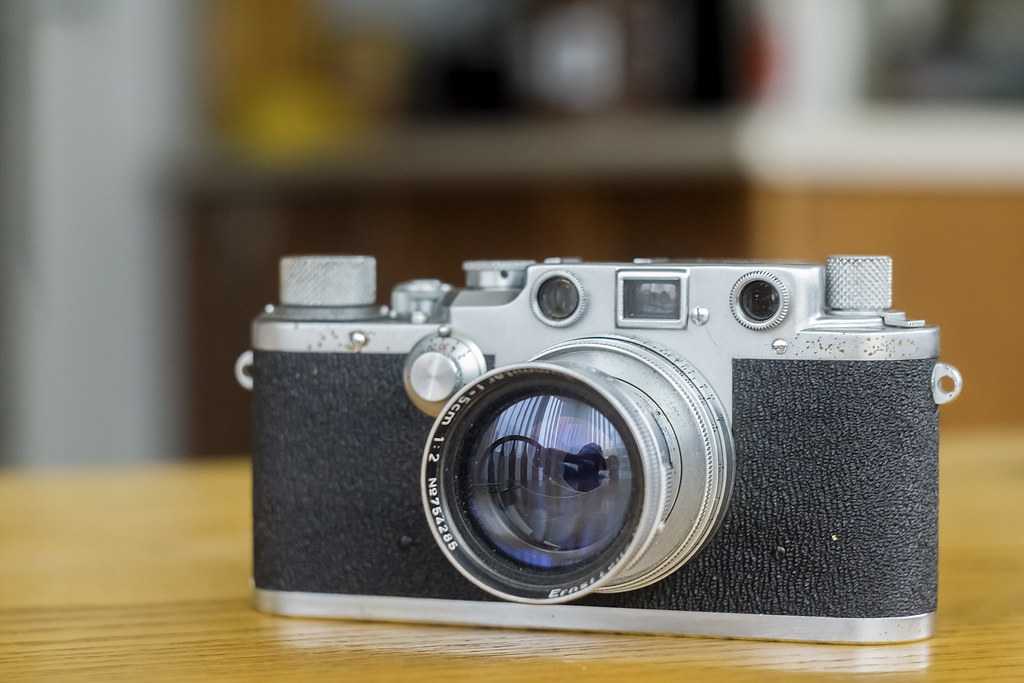
An example of a Leica IIIc with a mounted Leitz Summitar f=5cm 1:2 lens
- Make: Ernst Leitz GmbH
- Model: Leica I through the Leica IIIg
- Type: Rangefinder
- Format: 135, 36x24mm
- Lens: Interchangable, Leica Thread Mount/M39
- Year of Manufacture: 1930-1960
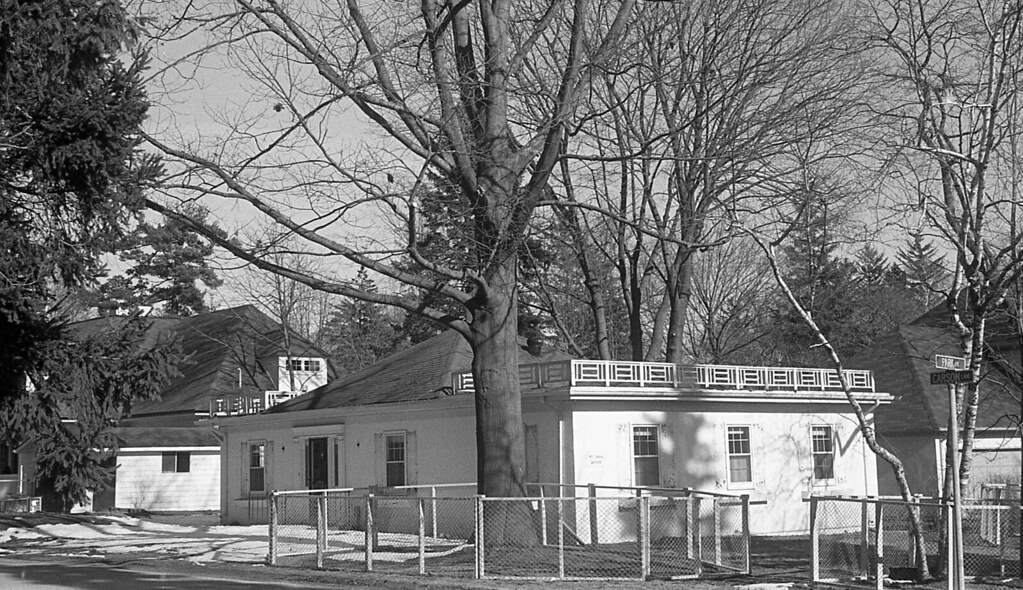
Leica IIIf – Leitz Elmar f=5cm 1:3.5 – Kodak Tri-X 400 – Kodak Xtol (1+1) 9:00 @ 20C
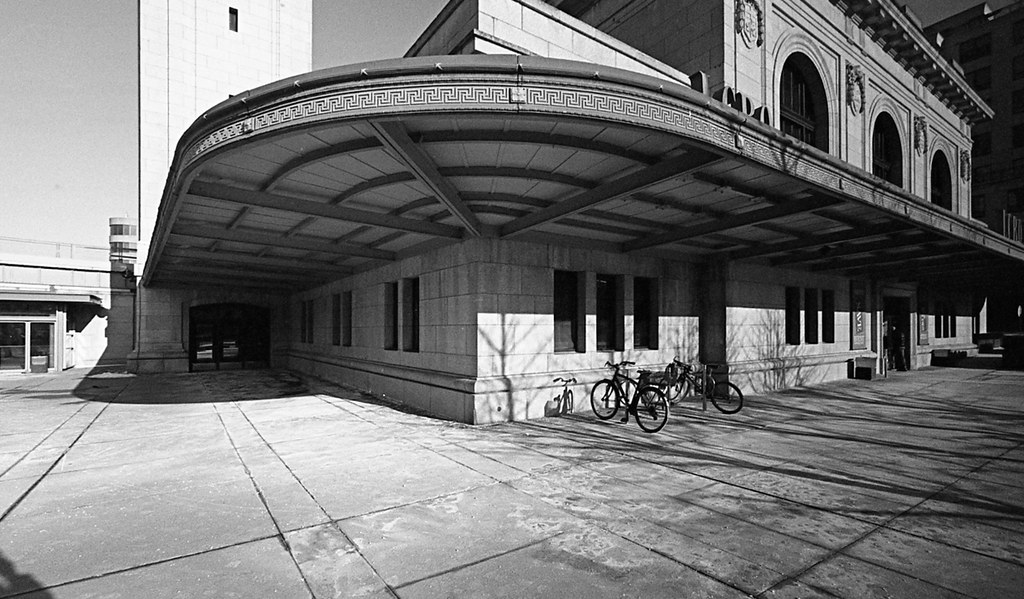
Leica IIIa – Voigtlander Helios 15mm/4.5 lens – Kodak Tri-X 400 – Pyrocat-HD 1+1+100 16:00 @ 20C
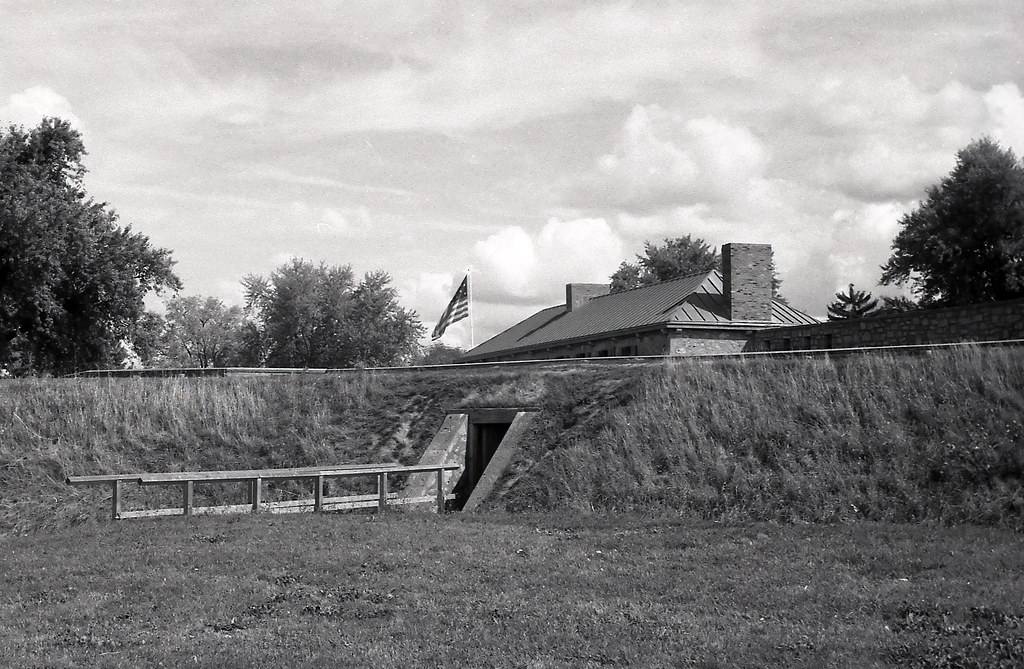
Leica IIIc – Leitz Summitar f=5cm 1:2 (Yellow Filter) – Fuji Neopan SS – HC-110 Dil. B 5:30 @ 20C
Exakta VX1000 – The camera made famous by Alfred Hitchcock’s film, Rear Window, is designed to throw any photographer into fits because it’s designed to be used left handed. Yes, everything is switched around with this camera from how you would normally operate an SLR. But don’t look past it yet, those lenses are Carl Zeiss.
- Make: Ihagee Dresden
- Model: Exakta VX1000
- Type: Single Lens Reflex
- Format: 135, 36x24mm
- Lens: Interchangeable, Exakta Bayonet
- Year of Manufacture: 1967-1970
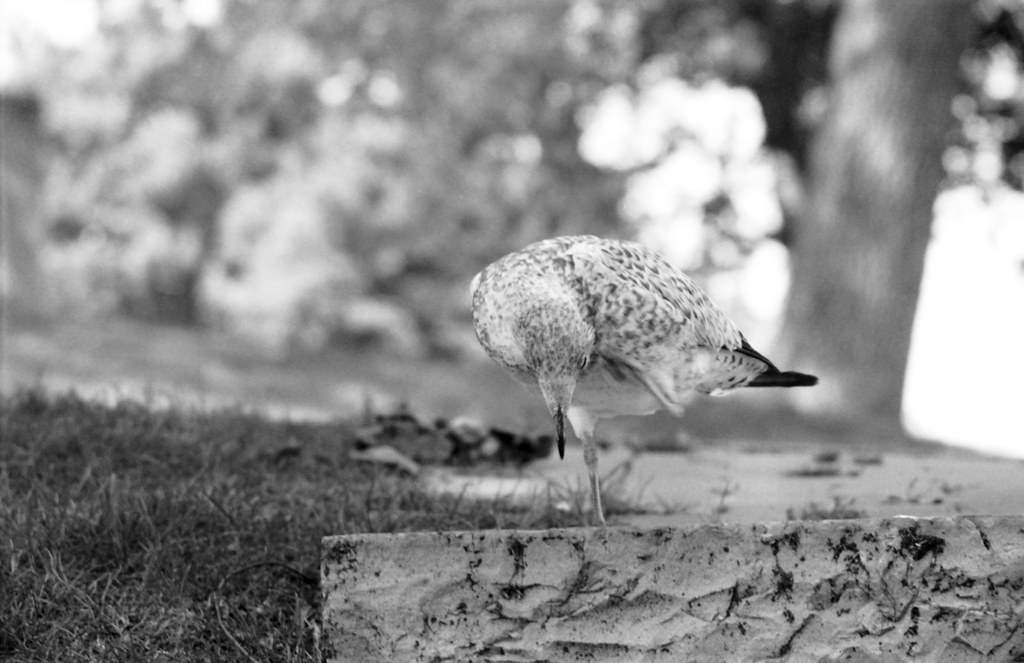
Ihagee Dresden Exakta VXIIa – Steinheil Munchen Culminar 135mm ƒ/4.5 – Kodak Gold 200 – Jobo C-41 Press Kit
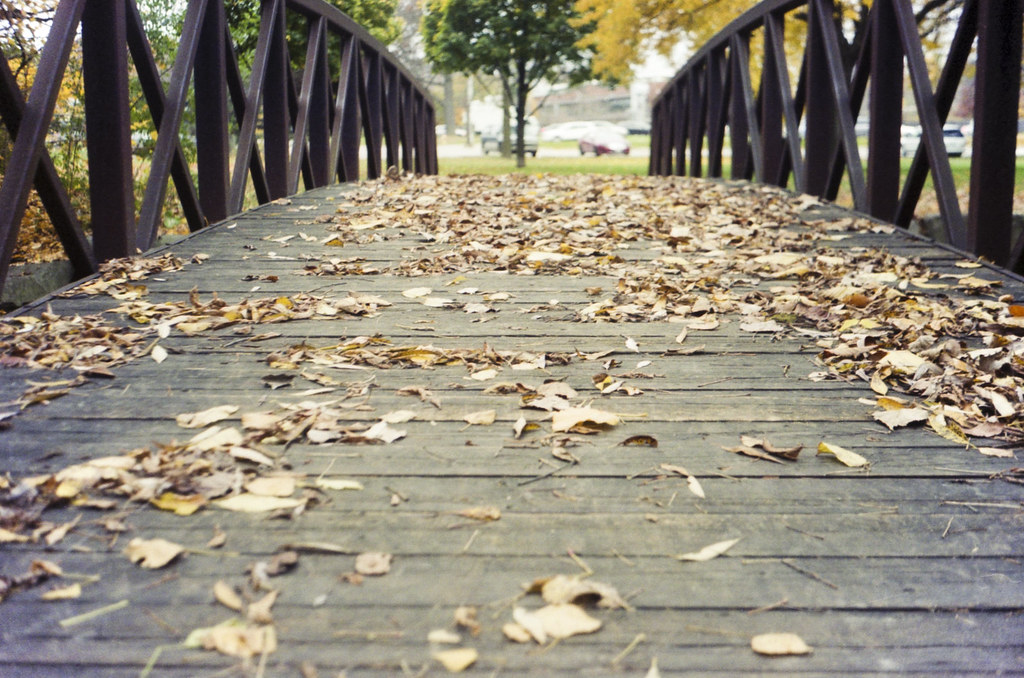
Ihagee Dresden Exakta VXIIa – Carl Zeiss Jena Tessar 50mm ƒ/2.8 – Kodak Portra 160NC
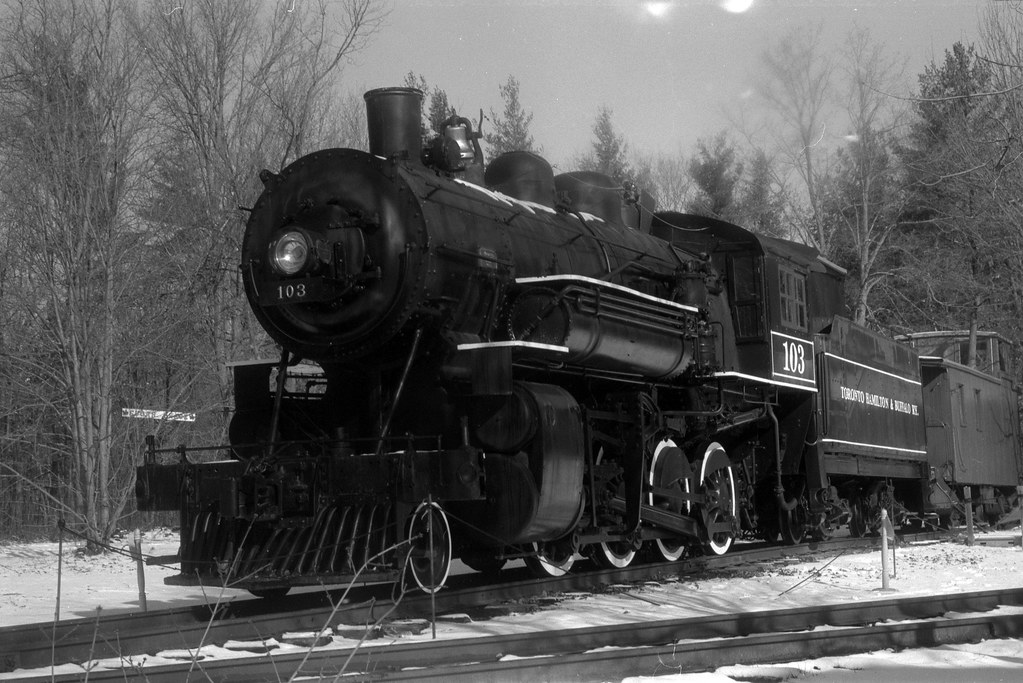
Exakta VX IIA – Carl Zeiss Jena Biotar 2/58 – Kodak TMax 100 @ ASA-100 – Kodak D-23 (Stock) 9:30 @ 20C
Cambo Legend 8×10 – Well it goes without saying that anything with 8×10 in the camera model is going to be awkward because when it comes to using a monorail camera in the field, you need a mule, or in Donna’s case a husband. But still, there’s nothing better in the standard camera sized better than an 8×10 negative.
- Make: Cambo
- Model: Legend 8×10
- Type: View Camera, Monorail
- Format: Large Format, 8×10
- Lens: Interchangeable, Cambo Lens Board
- Year of Manufacture:
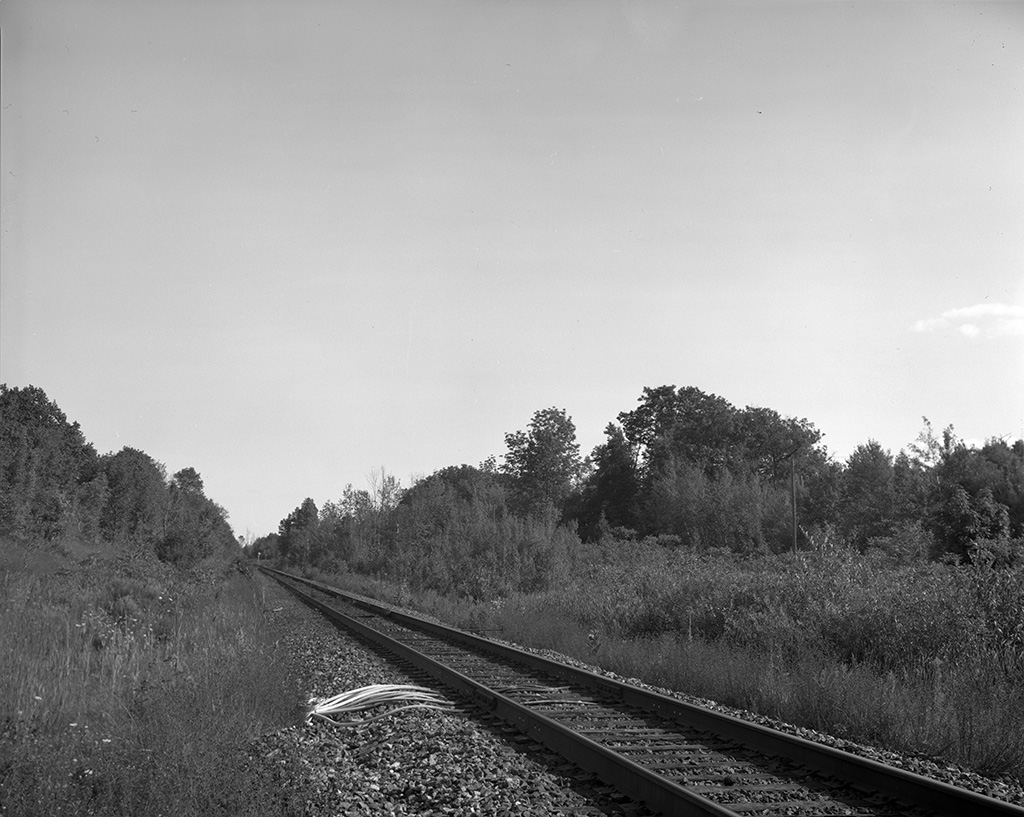
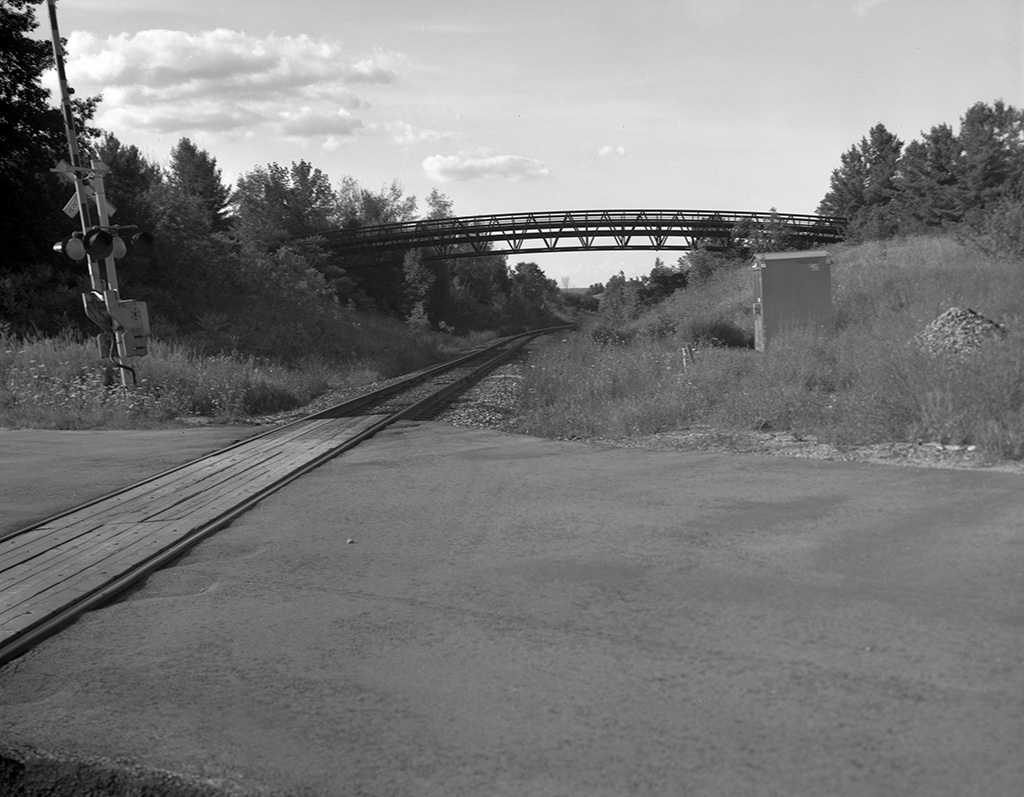
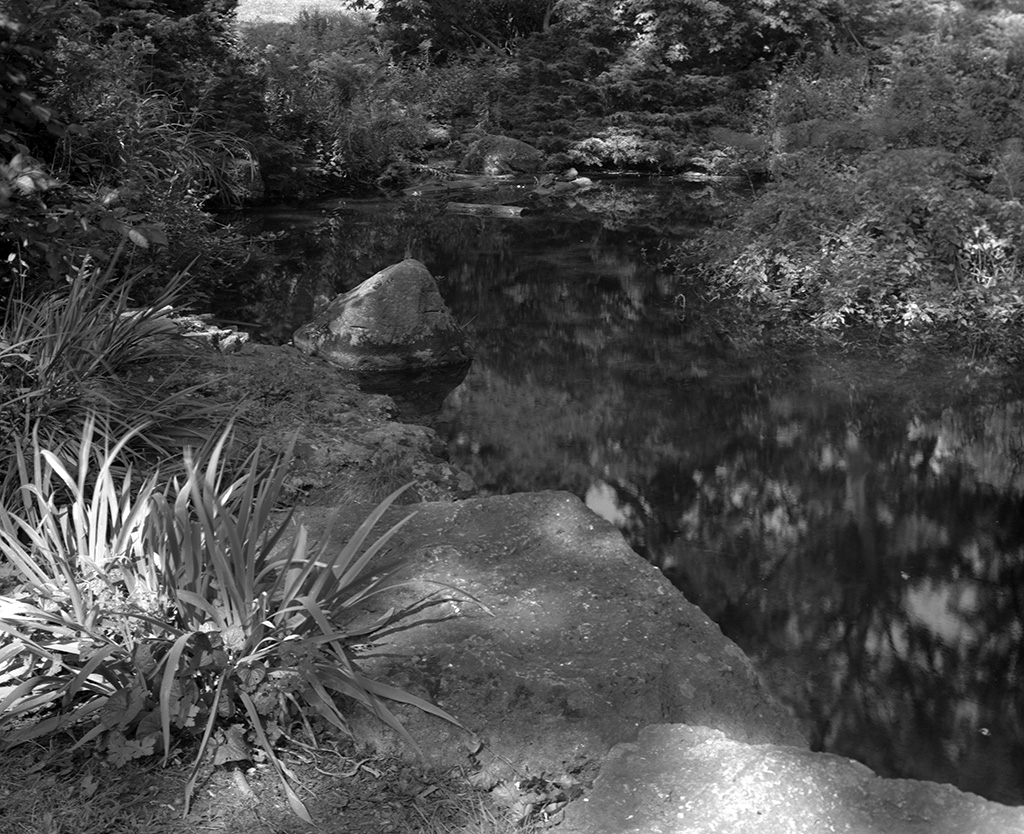
Black & White Slides
While the summer has gone, we still have the memory through beautiful slides. But wait, black & white? Yes, it is a thing! In the past there’s the legendary Agfa Scala 200x, today there are still two black & white reversal stocks on the market with Fomapan 100R and Adox Scala 160. However, there is a small lab that specializes in turning your black & white negative films into reversal slides, and that’s Dr5. Throughout the spring and summer the gang has been shooting, sending, and waiting. And Dr5 delivered some beautiful results!
For Alex, he selected to shoot Ilford HP5+ because it was a rainy dull sort of day. The Results speak for themselves in his view.
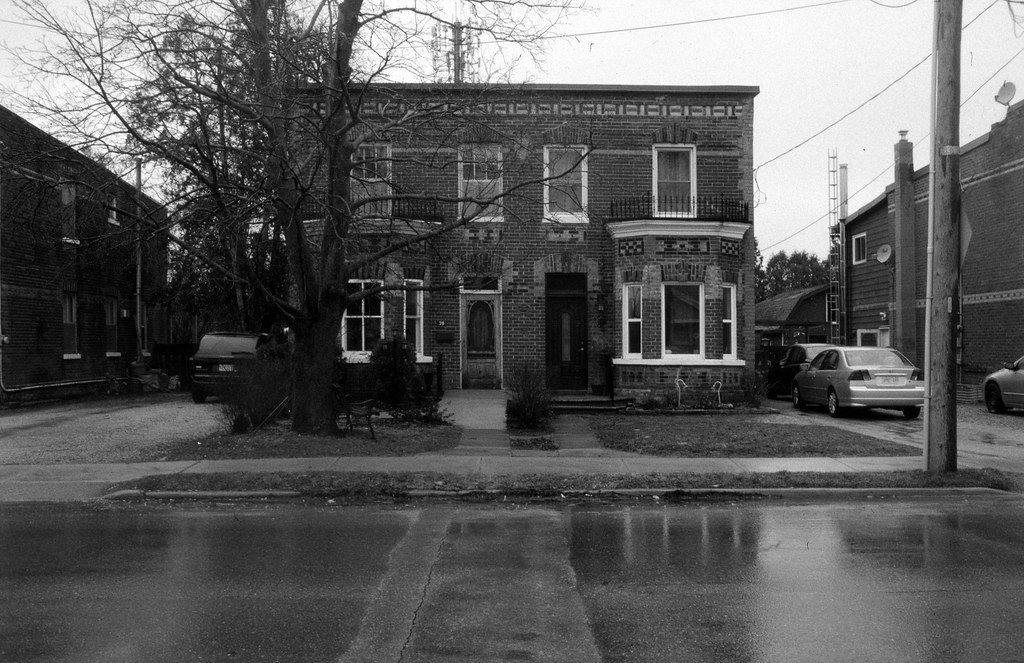
Bill decided to shoot some of the new dedicated black & white slide film from Adox, Adox Scala 160x. This film stock is based on the legendary Agfa Scala 200x.
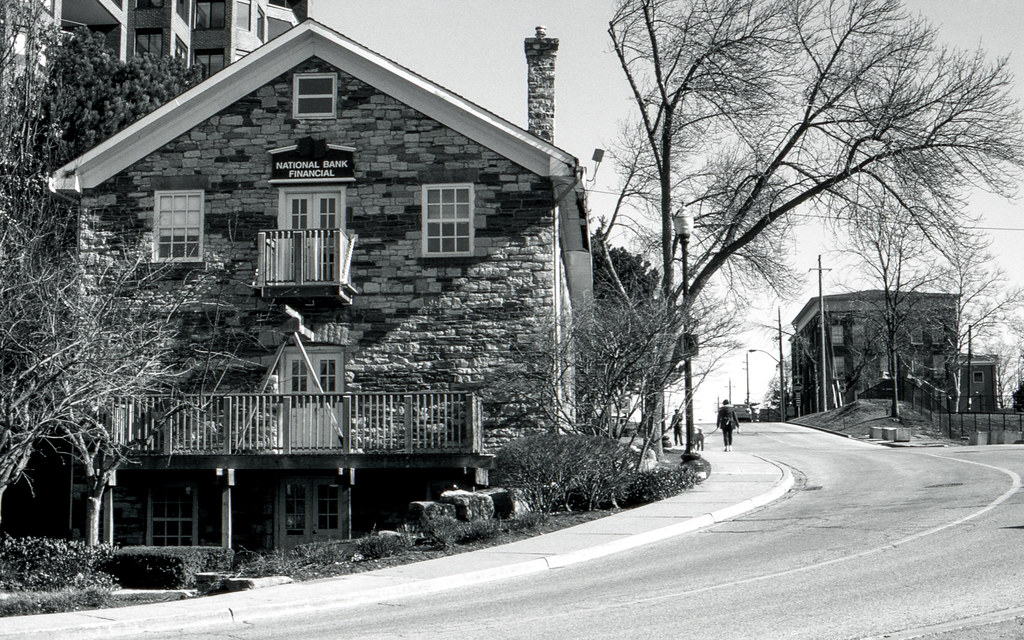
John, like Alex, took a normally B&W Negative film, Ilford FP4+ and had it turned into a Positive. FP4+ is already a beautiful film but this made it all the better.
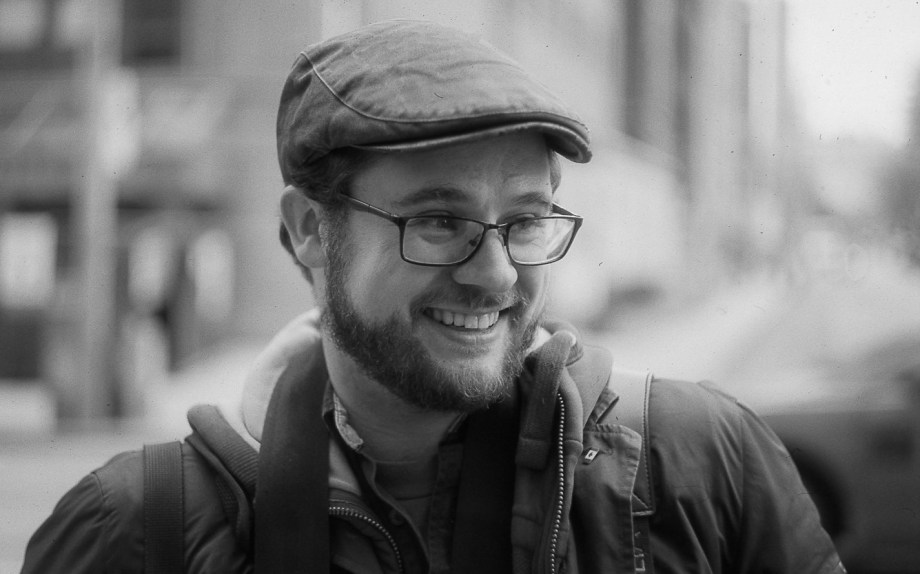
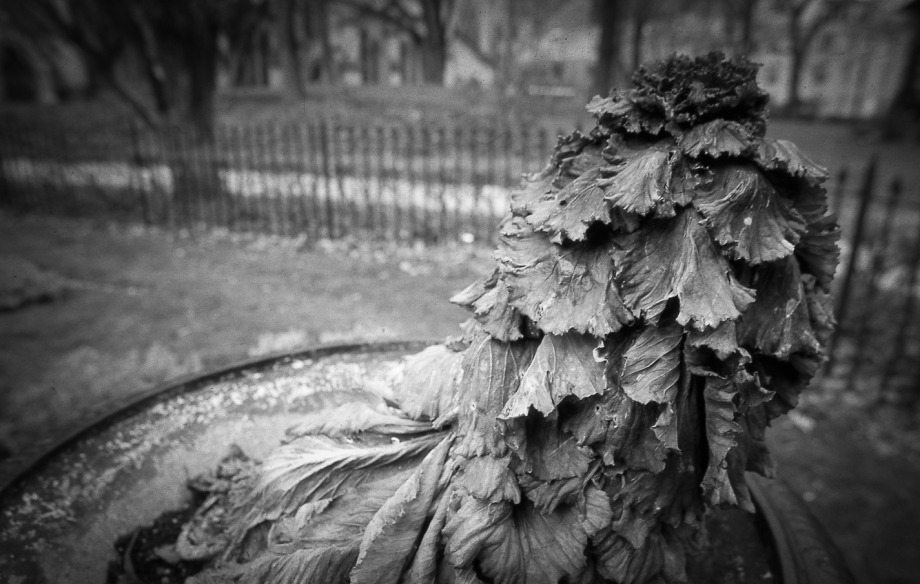

Of course, Dr5 is the only commercial lab out there doing B&W Slides, but that doesn’t mean you can’t-do them yourself at home as Mike has done.

Looking for a good spot to get your gear and material fix check out Burlington Camera (Burlington, ON), Downtown Camera (Toronto, ON), Film Plus (Toronto, ON), Belle Arte Camera (Hamilton, ON), Pond’s FotoSource (Guleph, ON), Foto Art Camera (Owen Sound, ON). Out West there’s The Camera Store (Calgary, AB) and Beau Photo Supply (Vancouver, BC). Additionally you can order online at Argentix (Quebec), buyfilm.ca (Ontario), the Film Photography Project or Freestyle Photographic.
Also you can connect with us through email: classiccamerarevivial[at]gmail[dot]com or by Facebook, we’re at Classic Camera Revival or even Twitter @ccamerarevival
